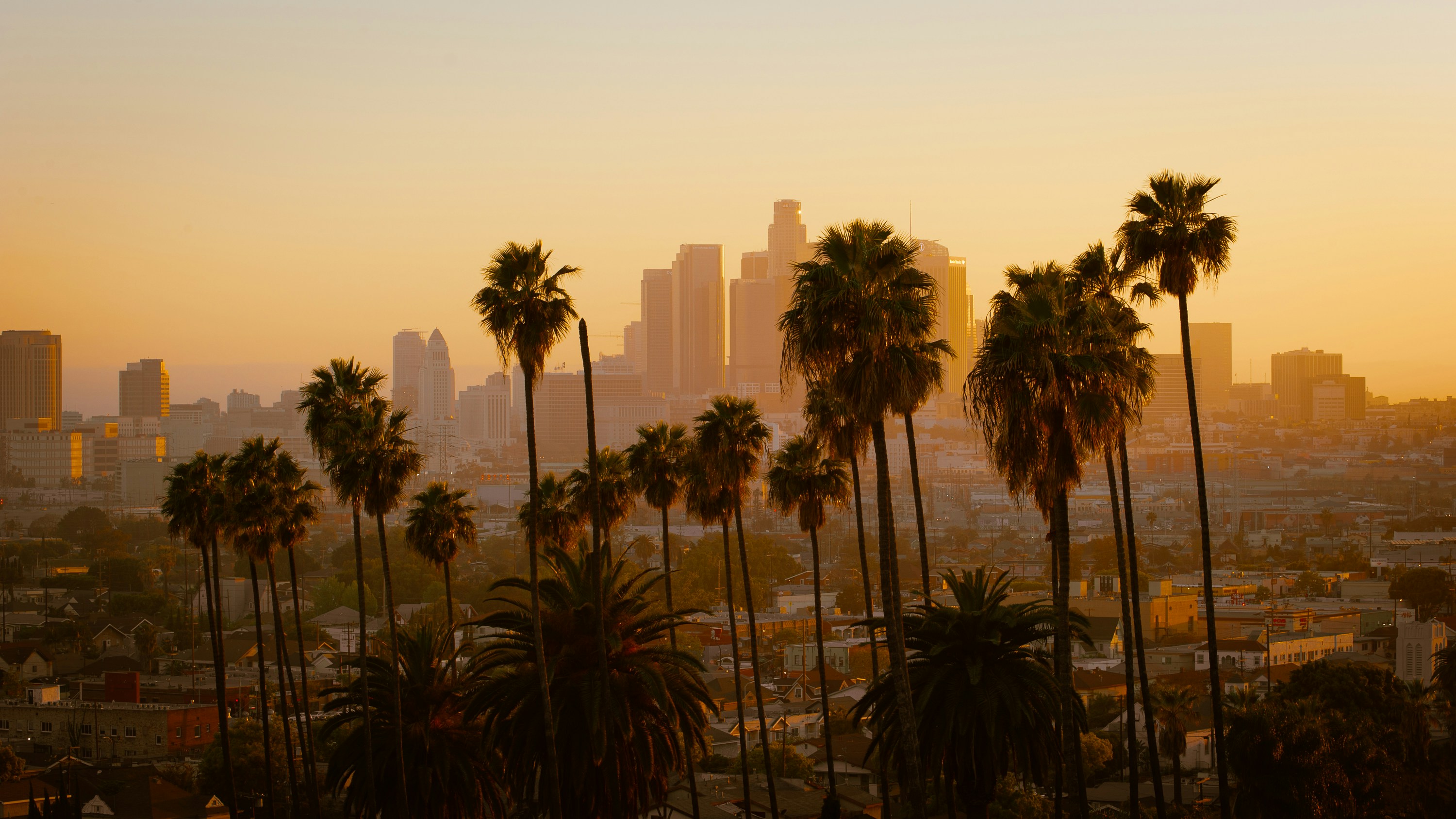You know, planning this wasn’t some calm, spreadsheet-based vacation prep. It was a total fire drill. When my buddy texts me, right out of the blue, saying he snagged two passes for a few of the earlier California games—the ones they figure nobody really cares about—my first thought was “Yes!” My second was “Wait, California in the summer? I’m going to need a second mortgage just for a hostel bed.”

The Panic and The Hotel Price Massacre
I immediately opened up the usual travel sites. You know the drill. My finger flew over the dates, and I quickly punched in the stadium area. What I saw wasn’t prices; it was a price massacre. We’re talking $400 a night for something that looked like it shared walls with a dumpster. My brain just short-circuited. This wasn’t a trip; it was highway robbery.
The standard ‘Official Tournament Hotel’ trick where you grab a package deal? Forget it. They were inflated to the moon. So I immediately scrapped the idea of staying anywhere close to the venue. That’s where every other stressed-out fan is looking, and those algorithms know it. That was my first real lesson: Don’t follow the herd.
The Practice: Pivoting to the Perimeter
I pulled up a map—not a hotel map, but a basic transit map of the wider area. I drew a mental circle about 30 or 40 miles out. This is where the magic started to happen. I realized that the specific stadium they’re using is surprisingly close to a major commuter rail line, one that goes deep into the neighboring county, away from the city center noise and, crucially, away from the FIFA premium.
I started digging into spots along that train line. I ignored anything that came up immediately on the big travel aggregators. I went straight for the smaller, local-chain booking engines, the ones that focus on business travel mid-week. I wasn’t looking for a vacation vibe; I was looking for a crash pad. You have to totally shift your mindset from ‘tourist’ to ‘commuter.’
My methodology boiled down to three steps:

- Step 1: Identify The Cheap Train. I spent forty minutes just confirming the commuter rail schedule, specifically the late trains, knowing we’d be leaving the stadium around midnight.
- Step 2: Find the ‘Business Park’ Hotel. I searched for hotels near the train stops that are known for having lots of office parks. Why? Because weekends are dead, and they drop prices to fill rooms. I found a spot about 45 miles out that was usually $300 a night during the week, but for the weekend of the first game, it plunged down to $125. Boom.
- Step 3: Factor in Commute Costs. I calculated the train fare—about $20 round trip per person. Even with the train cost, we were saving $200 a night. The travel time was an hour each way, but hey, I decided an hour on a comfortable train beats paying an extra couple hundred dollars to fight crowds 10 miles away.
The Travel Discovery: The Parking Problem is the Real Enemy
The hotel issue was solved. Next, getting around. Everyone talks about flights and hotels, but nobody mentions the parking hell that is a major sporting event in California. If you drive and try to park near the stadium, you’ll spend $75 easily, plus two hours stuck in traffic when you leave. I decided to be smarter.
Since we were staying 45 miles out, driving was pointless. We committed fully to the train. I even used a feature on a ride-share app (the non-link version, you know the one) to see how much it would cost to get from the train station closest to the stadium—not the final stop—to the actual gate. Usually, it’s a short hop and the price is manageable, maybe $10-$15. That extra little bit of planning saved us the huge cost and stress of dealing with stadium parking. That was the real secret sauce: The train is your cheap hotel shuttle.
I made the booking, and I felt that satisfying click of getting the whole thing done for a fraction of what everyone else will pay. It wasn’t simple; it required me to break away from the usual travel advice and figure out the local infrastructure. The whole process was a grind, but now I’ve got the cheap bed, the cheap transit, and a ticket to the game. That’s the kind of practical win I live for.
Trust me, if you’re planning this trip, don’t look where the advertising tells you to. Look where the locals commute. That’s the unadvertised sweet spot.
